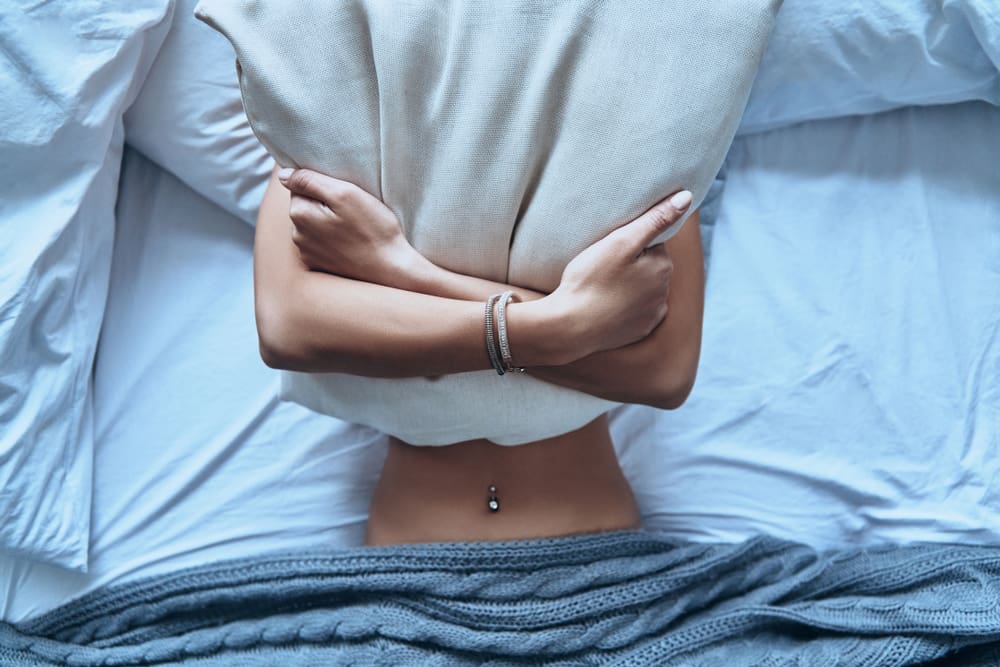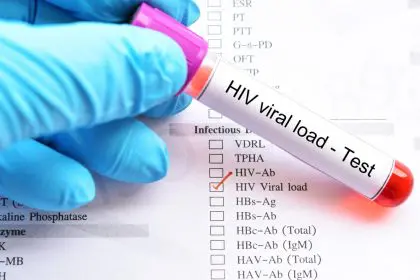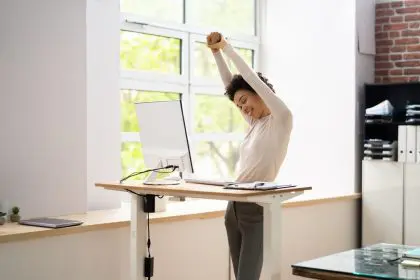The captivating allure of a sparkling navel ring is undeniable. But before you take the plunge and adorn your belly button with a piercing, some crucial considerations can ensure a smooth and successful experience. A belly button piercing can be a beautiful addition to your body art collection, but proper preparation is key to minimizing risks and maximizing the chances of a comfortable healing process. Here, we explore seven essential steps to take before getting your belly button pierced:
1. Knowledge is power: Research and understand the commitment
Belly button piercings are a form of body modification and — like any permanent alteration — they require commitment. Research different piercing styles, jewelry options, and aftercare routines. Familiarize yourself with the healing process, potential risks involved and long-term considerations like potential impact on future pregnancies or certain clothing styles. Understanding these aspects empowers you to make an informed decision that aligns with your lifestyle and goals.
2. Finding the perfect piercer: Hygiene and experience are paramount
Don’t settle for the first piercing studio you come across. Invest time in researching reputable piercers in your area. Look for studios that prioritize hygiene with a clean, sterile environment. Experienced piercers with a good reputation and a proven track record of safety are essential. Read online reviews, ask friends for recommendations and don’t hesitate to visit the studio beforehand. Observe the atmosphere, assess the professionalism of the staff and ensure you feel comfortable asking questions and raising any concerns.
3. Know your anatomy: Not every belly button is created equal
Belly button anatomy varies from person to person. Some belly buttons (innie or outie) might not be suitable for certain piercing placements. A skilled piercer will carefully assess your anatomy and recommend the safest and most appropriate piercing location for your unique navel. This ensures optimal healing, minimizes the risk of complications and guarantees a piercing that complements your body type.
4. Listen to your body: Health considerations matter
Ensure you’re in good overall health before getting pierced. Inform your piercer of any allergies you have, medications you’re taking and any preexisting health conditions that might affect healing. Getting pierced while pregnant or breastfeeding is generally not recommended due to potential complications. Honesty with your piercer allows them to assess potential risks and ensure the piercing procedure is safe for you.
5. Choosing the right jewelry: Material matters
The type of jewelry you choose plays a crucial role in proper healing and minimizing the risk of infection. Opt for implant-grade titanium, surgical steel or high-quality gold for initial piercings. These materials are biocompatible, meaning they are less likely to irritate your body and promote optimal healing. Avoid nickel or other materials that can cause allergic reactions or irritation. Let your piercer guide you on the appropriate size and style of jewelry for a safe and comfortable piercing experience.
6. Prepare for aftercare: Cleaning is key
A meticulous aftercare routine is essential for a smooth healing process. Your piercer will provide specific cleaning instructions, which typically involve using a sterile saline solution to clean the piercing site twice a day. Avoid harsh soaps, rubbing alcohol or swimming pools while the piercing heals. These can irritate the piercing and hinder healing. Listen to your body and avoid snagging or irritating the piercing with clothing or excessive touching. Following a proper aftercare routine demonstrates your commitment to a successful healing experience.
7. Patience is a virtue: Healing takes time
A belly button piercing can take anywhere from 6 months to a year to fully heal. During this time, be patient and avoid changing the jewelry yourself. Let your piercer recommend the appropriate time for jewelry changes to ensure proper healing and avoid complications. Trying to change the jewelry too early can irritate the piercing and prolong the healing process.
Bonus tip: Embrace your bling (safely)!
Once your piercing has fully healed, you can explore a wider variety of jewelry options to express your style. However, always prioritize quality materials and avoid excessively heavy or dangling jewelry that could put a strain on the piercing or irritate the surrounding skin. Explore options with your piercer to find beautiful and safe jewelry that complements your aesthetic.
By following these seven steps, you can approach your belly button piercing experience with confidence and knowledge. Remember, a little preparation goes a long way in ensuring a safe, comfortable, and successful piercing experience that allows you to enjoy your new body art for years to come. So, take your time, do your research and find a reputable piercer to create a sparkling addition to your style!
This story was created using AI technology.
















